China’s financing and investment spread across 61 BRI countries in 2023 (up...
2024-02-27 31 英文报告下载
North-East Asia has generally performed better than the Western economies, reflecting the fact that the virus was generally contained more rapidly than elsewhere. Protocols developed during the 2003 SARS event may have helped. The manufacturing sectors in these economies have been supported by solid demand for electronic equipment. However, as discussed below, there have also been subsequent waves of COVID-19 making the outlook uncertain. South-East Asia, Latin America and Africa have been hard hit by the virus. India has been particularly hard hit with GDP falling by 23% in the year to Q2. In South Africa, GDP fell by 17% over the same period. New COVID-19 case numbers are also still very high in India, constraining a recovery. Many of the economies in Latin America and Africa, which are large sources of supply of many commodities, face the challenges of sharply lower economic activity and still elevated COVID-19 new case numbers. Many emerging economies have considerably less scope that the developed economies to deliver significant economic policy support. Commodity prices fell, but have bounced back solidly Although the COVID-19 crisis is a larger economic shock than the 2008/09 Global Financial Crisis, it has led to a smaller decline in commodity prices (Chart 1.3). At the recent depths of the COVID-19 crisis, global commodity prices had fallen 31% from their pre-COVID-19 level, to be at similar levels reached in early 2016, after the commodity price collapse of 2014-2015.
However, the full effects of the shock are far from over. One element of this is that new cases of the virus are still elevated in some locations. Another challenge is that the COVID-19 shock may deliver permanent structural change, or accelerate structural adjustments that were already underway. In the first instance, managing the virus remains a key issue. As the COVID-19 crisis has played out, the evidence has accumulated showing that better health outcomes are highly positively correlated with better economic outcomes, irrespective of ‘social distancing’ policy choices. Some countries have had more success in containing the COVID-19 virus than others. As a result, tracking the new cases numbers has become a critical driver of assessing the risks to the economic outlook. Low case numbers in China are clearly consistent with the stronger economic recovery that is underway in that economy and the positive timely indicators. By comparison, still elevated case numbers in the US are a risk to the strength of the economic recovery, as is the recent upswing in case numbers in Western Europe (Charts 1.4 and 1.5). For commodities markets, these key regions are clearly the largest sources of demand, although with a large amount of variation (for example, China dominated demand for metals, while the Western economies are the largest source of demand for oil). For other regions, such as Latin America and Africa, high case numbers are affecting commodity supply. For many emerging economies, where agricultural production is a larger share of their economies the disruption from COVID-19 is affected supply chains, agricultural commodity prices and creates increased risk of rising poverty.

标签: 英文报告下载
相关文章
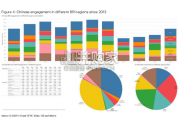
China’s financing and investment spread across 61 BRI countries in 2023 (up...
2024-02-27 31 英文报告下载
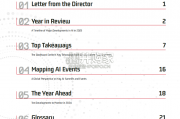
Though the risk of AI leading to catastrophe or human extinction had...
2024-02-26 52 英文报告下载
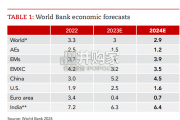
Focusing on the prospects for 2024, global growth is likely to come i...
2024-02-21 96 英文报告下载
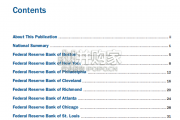
Economic activity declined slightly on average, employment was roughly flat...
2024-02-07 67 英文报告下载
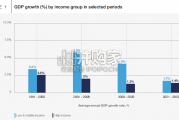
Economic growth can be defned as an increase in the quantity or quali...
2024-02-06 82 英文报告下载
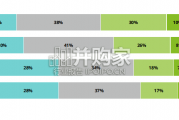
In this initial quarterly survey, 41% of leaders reported their organizatio...
2024-02-05 66 英文报告下载
最新留言